A NAN FIRST
By NAN Staff Writer
News Americas, NEW YORK, NY, Tues. Oct. 17, 2023: Data from the first decennial US Census that allowed Blacks to write-in their ancestry is out show there were 2.6 million respondents who self-identified as from the Caribbean region on the forms.
The numbers come following a decade plus battle by Carib ID, the movement founded in 2008 by Caribbean immigrant journalist, advocate and entrepreneur, Felicia J. Persaud, to get Caribbean nationals to accurately self-identify on US Census forms.
Nationals with ancestry in three Caribbean country – Jamaica, Haiti and Trinidad and Tobago make up the majority of the Caribbean grouping, the data showed. Jamaicans who self-identified were put at 1, 047,117 while Haitians who responded were put at 1,032,747. Trinbagonians who responded totaled 194,364.over
The Census 2020 data also reports that most Caribbean people in the US are between ages 45-64. Caribbean groups were geographically concentrated: about 30 percent live in Florida while some 25 percent live in New York and 6 percent in New Jersey.
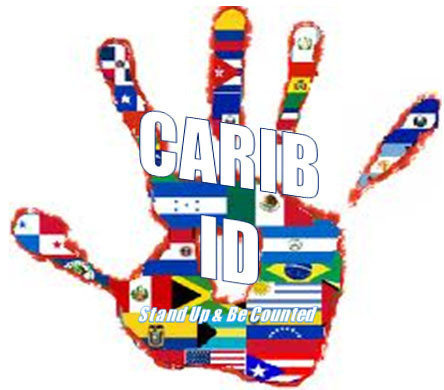
Nearly half or 46.4% of the Haitian alone population was concentrated in Florida while the majority of Jamaicans, or 30 percent, are in New York.
Jamaicans were also the largest black group in Barnstable and Nantucket Counties, Massachusetts and Cook County, Minnesota. ‘Jamaican’ was also the largest Caribbean alone or in any combination group in over 900 counties across the US in 2020. In many counties, Jamaican was the only detailed Caribbean group large enough to have data tabulated in the Census.
In two counties – Grant County, Indiana and Isabella County, Michigan, Haitian and Jamaican were tied as the largest Caribbean groups.
Trinidadian and Tobagonian was the largest group in seven counties, including two in Texas: Chambers County – (just east of Houston) and San Patricio County. The largest Trinidadian and Tobagonian population – 32,613, however, live in Kings County, Brooklyn), New York.
The U.S. Virgin Islander group was the largest in six counties, including Barron, Burnett, Polk and Sawyer in northern Wisconsin. The largest U.S. Virgin Islander population – 1,062 – was in Orange County, Florida, home to Orlando.
Antiguan and Barbudans were the largest black grouping in Wheatland County, Montana.

In commenting on the data, Persaud said it’s exciting to see a 12-year dream become reality, adding that the numbers are a start in showing that Caribbean people are across the length and breath of the United States.
“Given the many issues related to the 2020 Census and the fear factor that led to many not even completing a Census form, I think this is a good start in really beginning to tell the Caribbean immigrant story in numbers,” Persaud added.










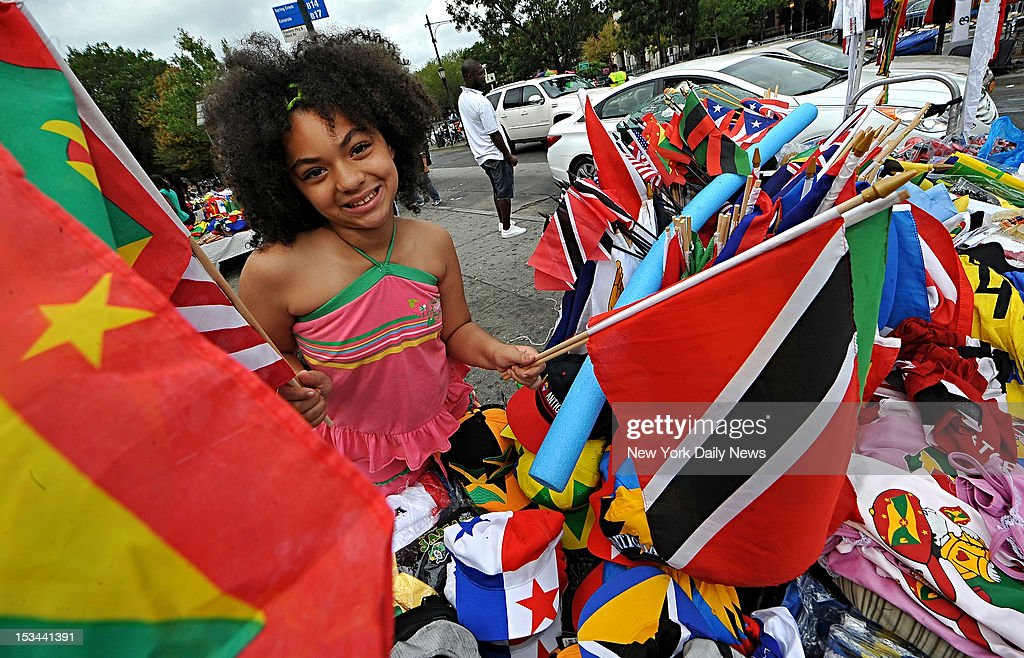


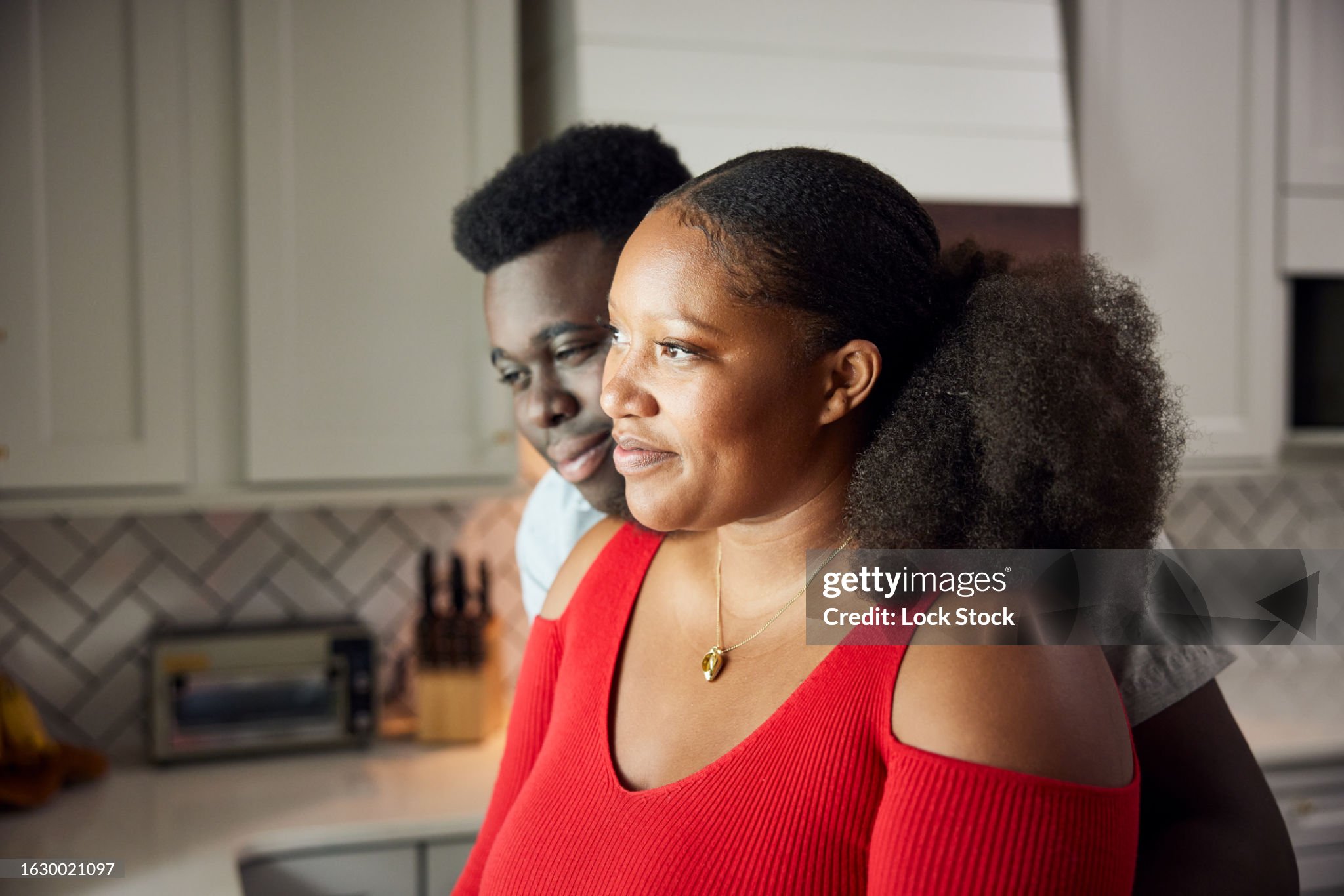

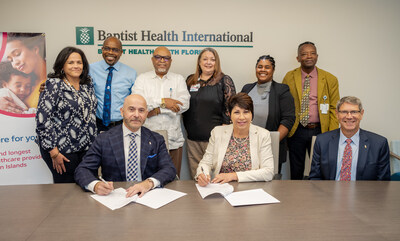

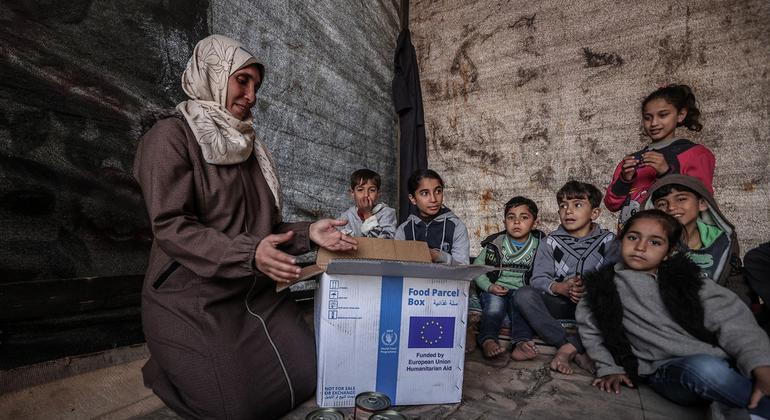

.png)


Discussion about this post